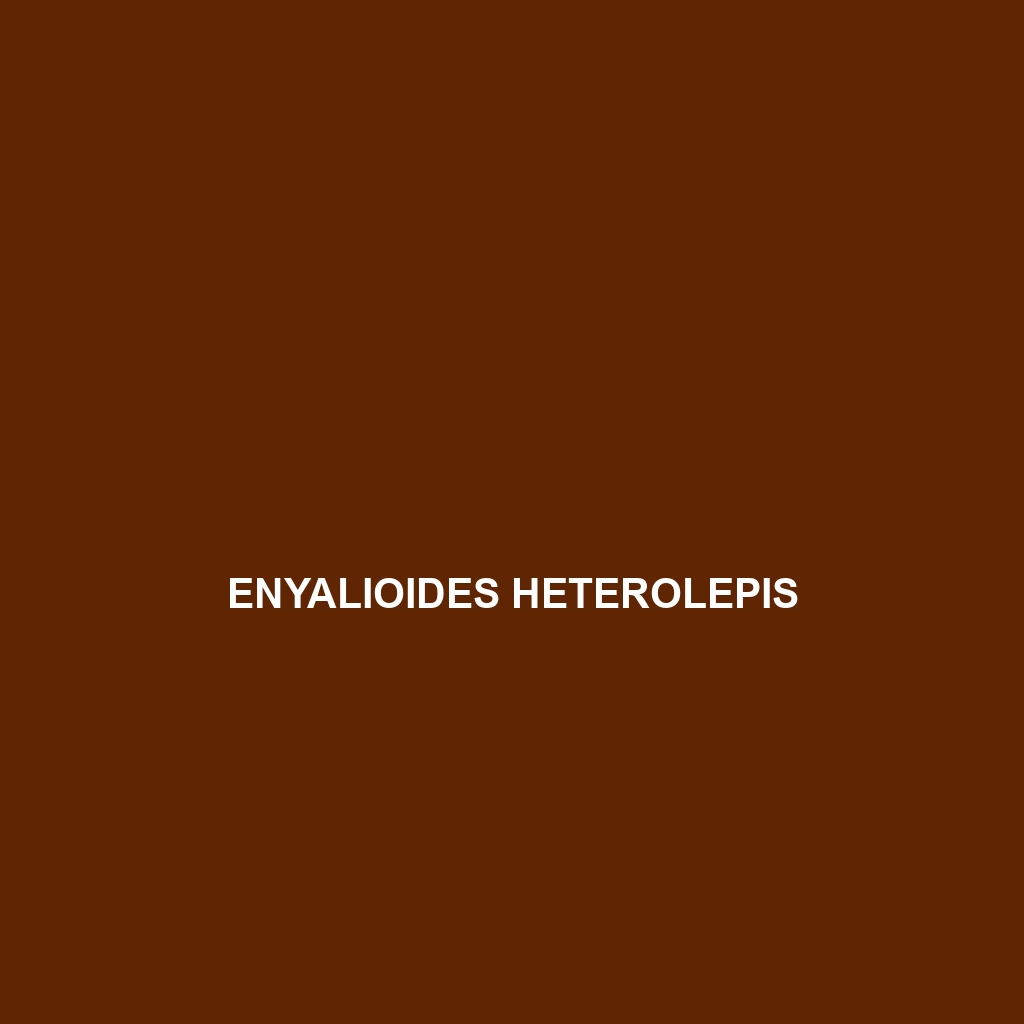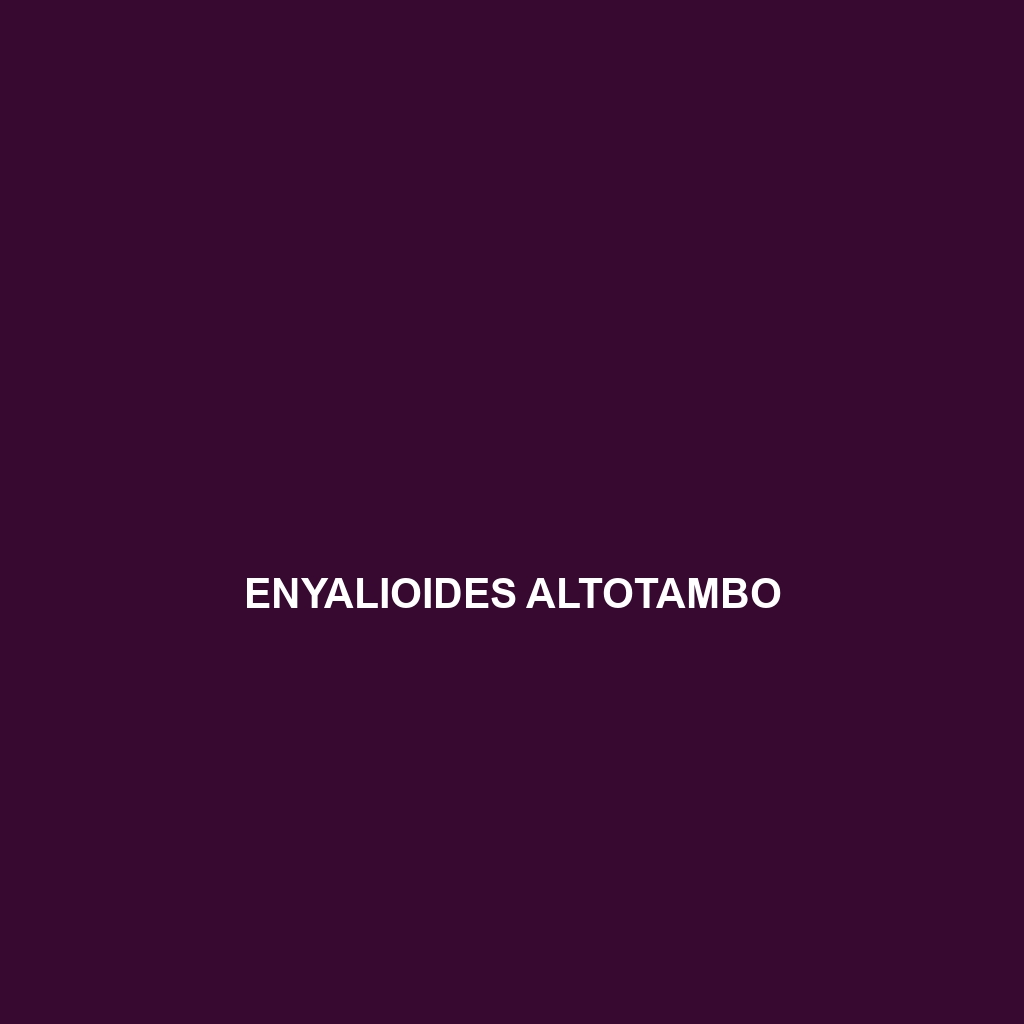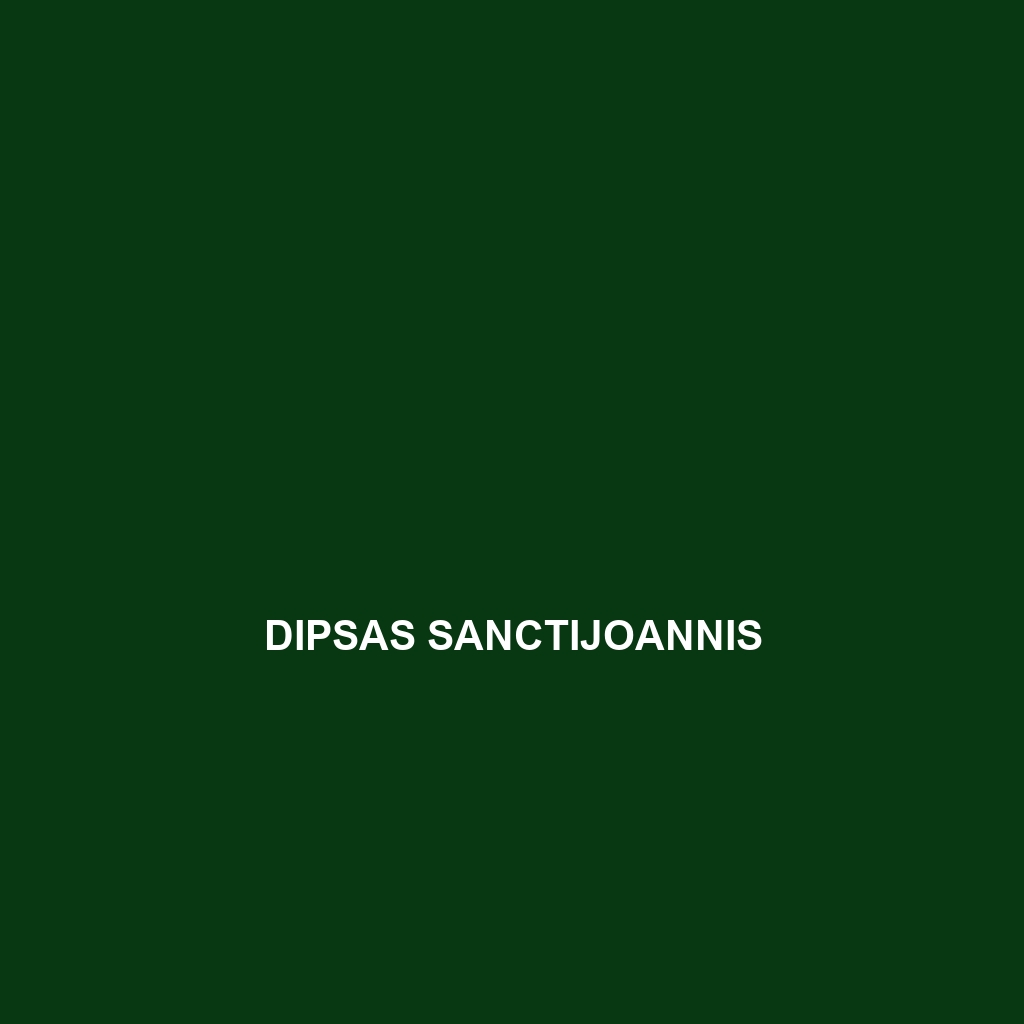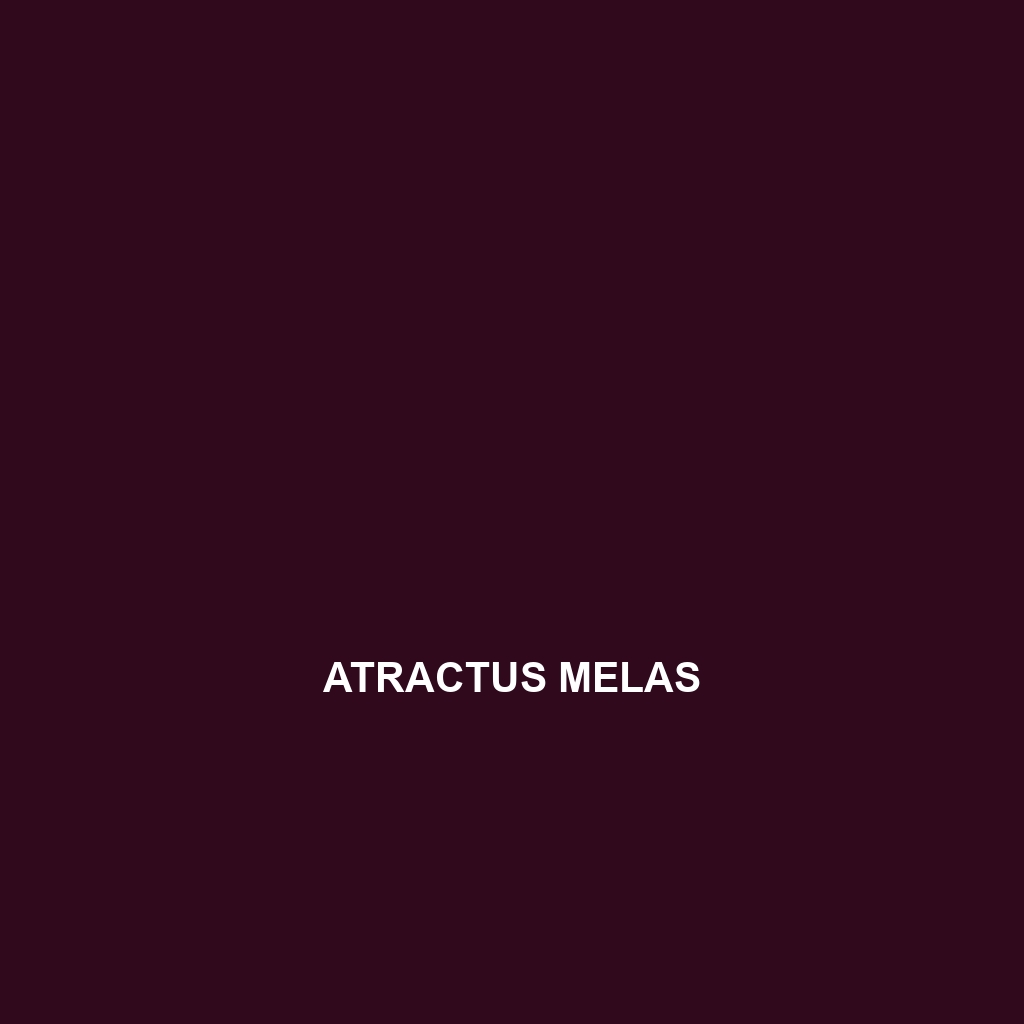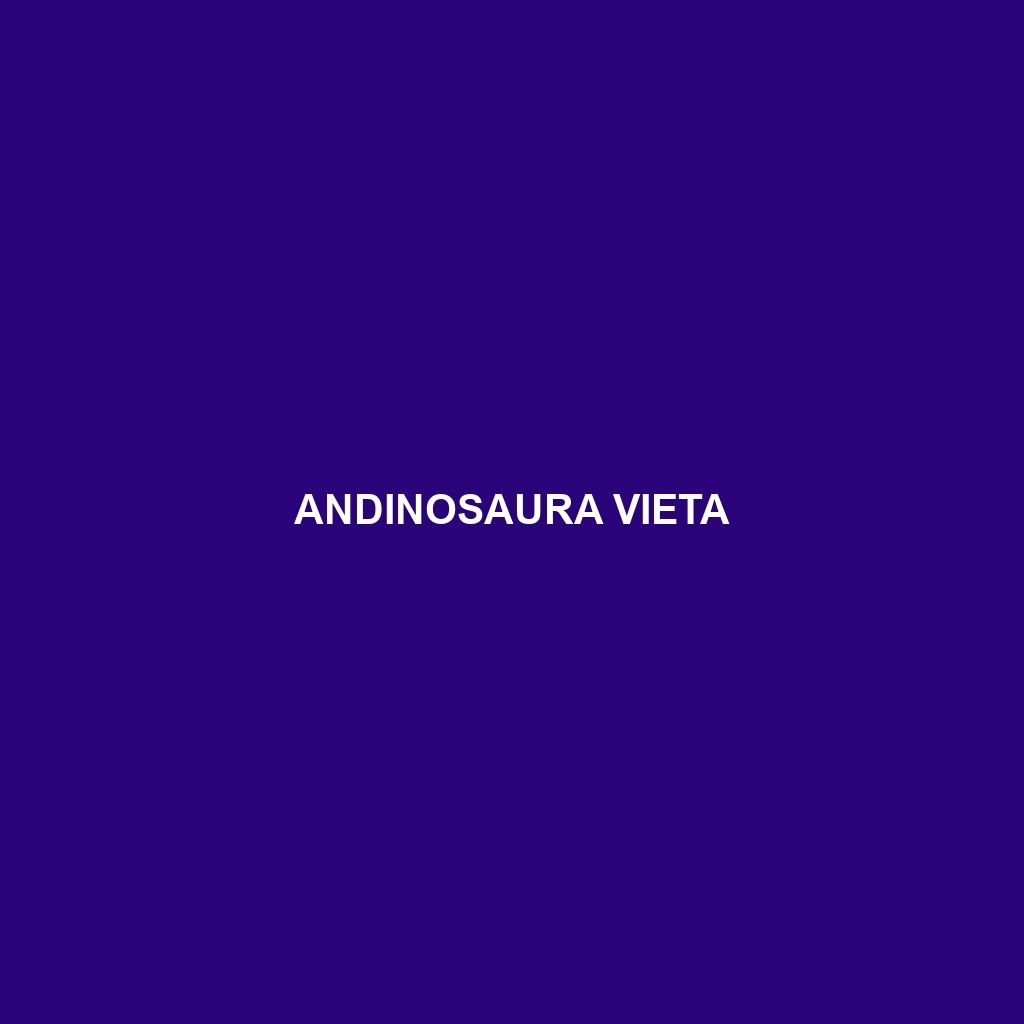<b>Enyalioides groi</b>, a vulnerable species native to the tropical rainforests of eastern Ecuador, thrives in humid, shaded environments and showcases vibrant colors for camouflage. These arboreal lizards primarily feed on insects and play a crucial role in regulating insect populations within their ecosystem.
Tag: Ecuador biodiversity
Enyalioides cofanorum
<p><b>Enyalioides cofanorum</b> is a vibrant lizard native to the rainforests of the Andean foothills in Ecuador, characterized by its striking coloration and arboreal lifestyle. This insectivorous species plays a vital role in its ecosystem by regulating insect populations while being an essential prey source for larger predators.</p>
Enyalioides altotambo
The Enyalioides altotambo, or Alto Tambo spiny lizard, is a medium-sized species native to the rainforests of the Andean region in Ecuador, recognized for its vibrant green coloration, spiny body, and arboreal lifestyle. This insectivorous lizard plays a crucial role in its ecosystem by controlling insect populations and supporting biodiversity through its foraging habits.
Dipsas pratti
captivating Dipsas pratti, or Pratt's snail-eater, a striking snake native to the tropical forests of Central and South America, featuring dark brown and yellow bands, and primarily feeding on snails. This vulnerable species plays a vital role in its ecosystem by controlling mollusk populations and supporting larger predators.
Clelia plumbea
Discover the Clelia plumbea, or silvery clelia, a striking medium to large snake found in the tropical rainforests of Central and South America. With its shiny metallic gray color and docile nature, this nocturnal predator feeds on small mammals and plays a critical role in its ecosystem.
Andinosaura vieta
<h2>Andinosaura vieta - Andean Green Lizard</h2> <p>Discover the vibrant Andinosaura vieta, a stunning green lizard native to the montane forests of the Andean region in South America. Thriving at elevations of 1,500 to 3,000 meters, this arboreal species plays a vital role in its ecosystem by controlling insect populations and is classified as vulnerable due to habitat loss.</p>
